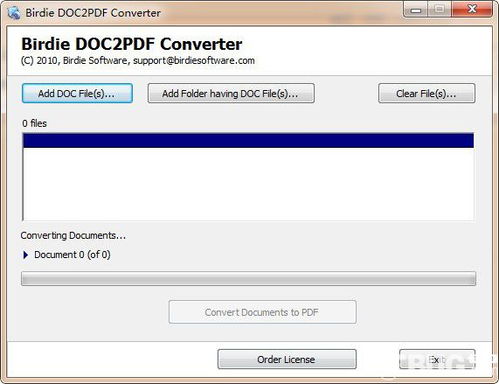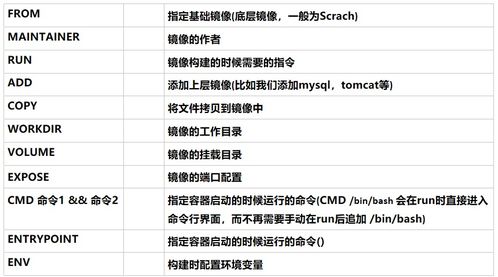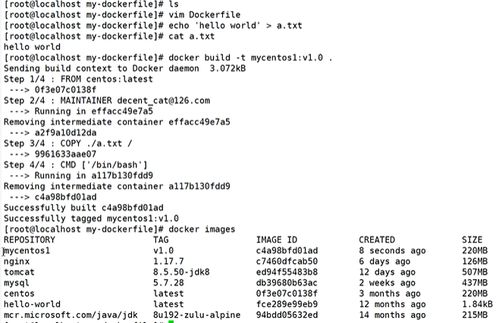
Understanding NATO’s Assets in Relation to Russia

NATO, the North Atlantic Treaty Organization, is a political and military alliance between 30 North American and European countries. Its primary purpose is to safeguard the freedom and security of its member countries through collective defense. One of the key aspects of NATO’s strategy is the assessment and deployment of its assets in relation to Russia. This article delves into the various dimensions of NATO’s assets and their significance in the context of Russia.
Military Assets

NATO’s military assets are its most visible and tangible components. These include land, sea, and air forces, as well as intelligence, surveillance, and reconnaissance capabilities. In the context of Russia, NATO has deployed these assets in several ways:
| Asset Type | Description |
|---|---|
| Land Forces | Deployed in Eastern Europe to deter potential aggression from Russia, with a focus on enhancing the readiness and interoperability of member states’ armies. |
| Naval Forces | Patrolling the Baltic and Black Seas to ensure maritime security and monitor Russian naval activities. |
| Air Forces | Providing air policing missions over the Baltic States and conducting joint exercises to improve air defense capabilities. |
| Intelligence, Surveillance, and Reconnaissance (ISR) | Collecting and analyzing data on Russian military movements and capabilities to inform decision-making and planning. |
Strategic Assets

Beyond the traditional military assets, NATO also possesses strategic assets that play a crucial role in its relationship with Russia. These include:
-
Command and Control Centers: NATO has established command and control centers across Europe to coordinate military operations and ensure rapid response to any threats.
-
Military Exercises: Regular exercises are conducted to enhance the readiness and interoperability of member states’ forces, with a particular focus on countering potential Russian aggression.
-
Military Aid and Assistance: NATO provides military aid and assistance to member states, including training, equipment, and logistics support, to strengthen their defense capabilities.
Political and Diplomatic Assets
In addition to its military assets, NATO also utilizes political and diplomatic tools to manage its relationship with Russia. These include:
-
Dialogue and Engagement: NATO maintains regular dialogue with Russia through various channels, including the NATO-Russia Council, to discuss security concerns and promote mutual understanding.
-
Sanctions and Diplomatic Measures: In response to Russian aggression, NATO has imposed sanctions and taken diplomatic measures to isolate Russia and deter further aggression.
-
Public Diplomacy: NATO engages in public diplomacy to inform its citizens about the alliance’s role and objectives, as well as the importance of collective defense.
Economic Assets
Economic assets also play a significant role in NATO’s strategy towards Russia. These include:
-
Economic Sanctions: NATO has imposed economic sanctions on Russia to penalize its aggression and support for separatist movements in Eastern Europe.
-
Economic Assistance: NATO provides economic assistance to member states affected by Russian aggression, helping them to recover and strengthen their economies.
-
Economic Diversification: NATO encourages member states to diversify their energy supplies and reduce their dependence on Russian energy, thereby weakening Russia’s economic leverage.
Conclusion
In conclusion, NATO’s assets in relation to Russia encompass a wide range of military, strategic, political, diplomatic, and economic components. These assets are designed to deter Russian aggression, enhance the security of member states, and promote stability in the Euro-Atlantic region. By leveraging these assets, NATO aims to maintain a strong and united front against any threats to its member states’ freedom and security.






